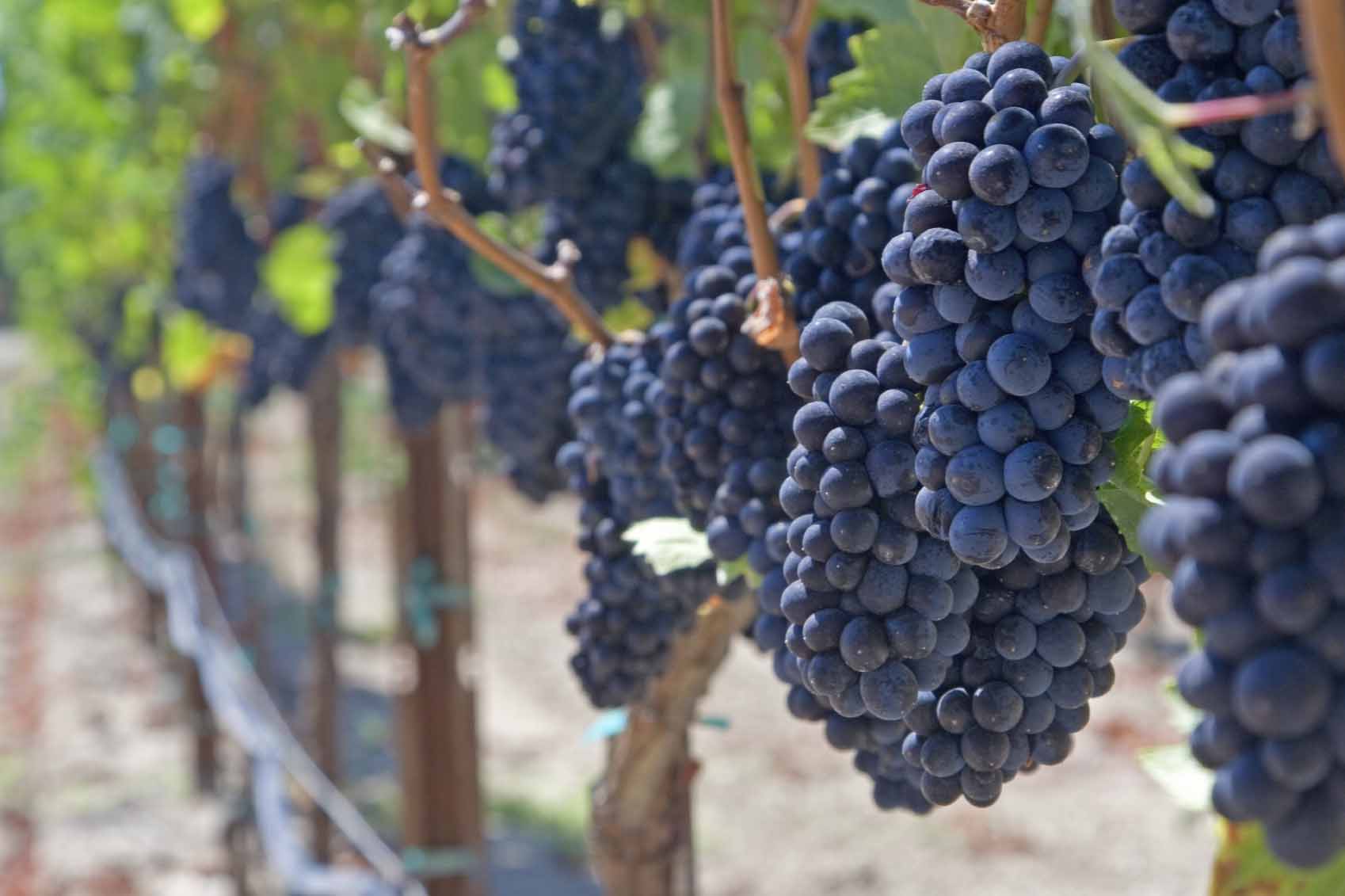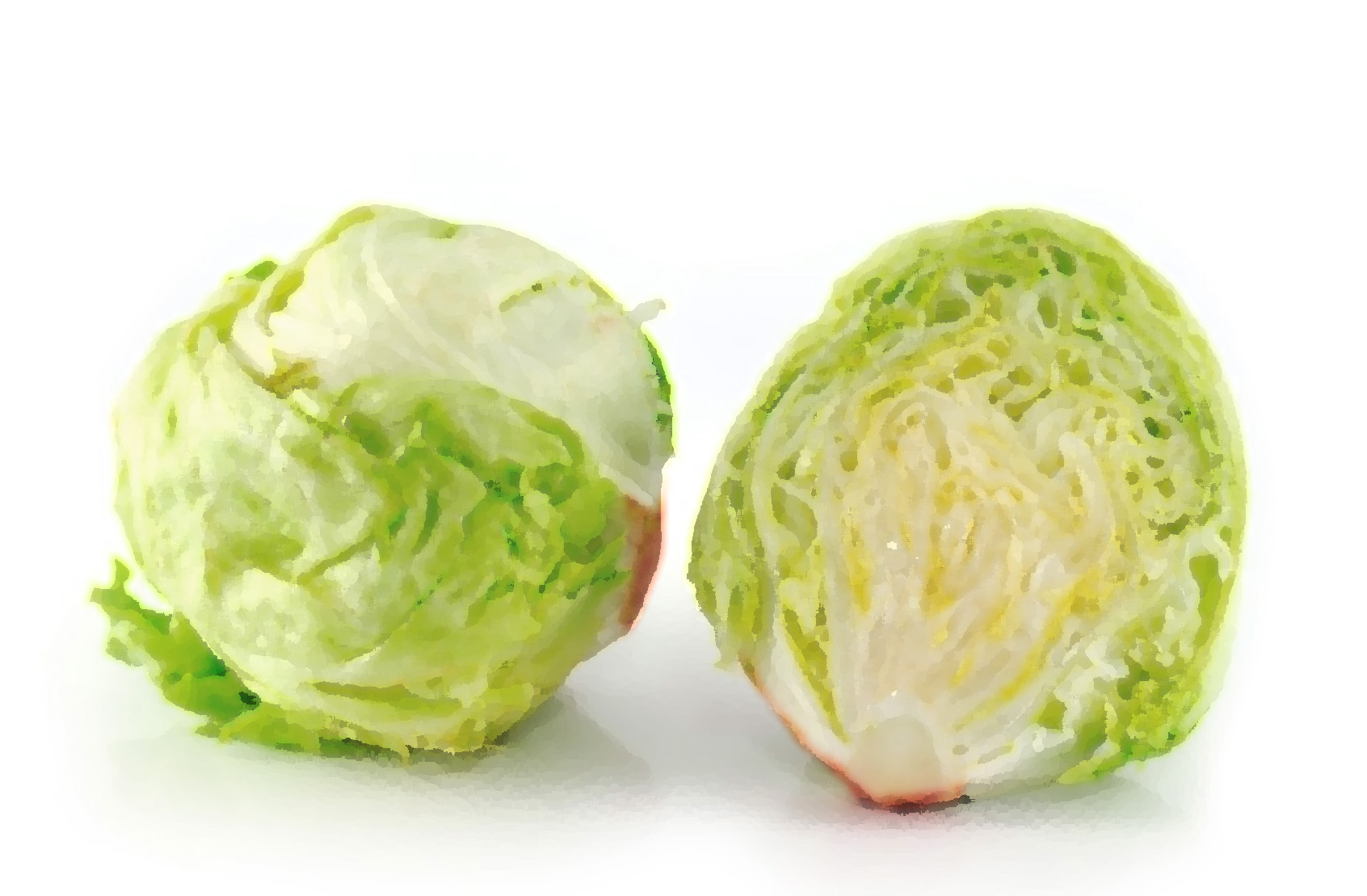Published Fall 2015
LAST DATES OF KEDUSHAS SHEVI’IS, SEFICHIN
AND BIUR 5775/5776
The
following are ending dates of Kedushas Shevi’is, Sefichin and the
dates of Biur.
ITEM
KEDUSHAS SHEVI’IS/ SEFICHIN UNTIL
IF SEFICHIN APPLIES
[...] Read More

Published Fall 2015
LAST DATES OF KEDUSHAS SHEVI’IS, SEFICHIN
AND BIUR 5775/5776
The
following are ending dates of Kedushas Shevi’is, Sefichin and the
dates of Biur.
ITEM
KEDUSHAS SHEVI’IS/ SEFICHIN UNTIL
IF SEFICHIN APPLIES
[...] Read More

Published Fall 2015
I. INTRODUCTION
The mitzvah of shmitta poses many challenges for those who live in Eretz Yisrael. The main challenge, of course, is for the farmers. However, the consumer has his challenges, as well. It is always preferable to purchase produce from stores that have reliable kosher certification to ensure that there are no halachic problems. If there is no such store available, one must be certain not to transgress the laws of shmitta in the purchase, consumption, or interaction with shmitta produce. These are the different categories of halachos that one has to take into consideration:
1. Sfichin
2. Kedushas shevi’is
3. Schora (doing business) with shevi’is produce
4. Dmei shevi’is (shevi’is money)
II. THE POST-SHMITTA ISSUE
The laws of sfichin refer to a rabbinic prohibition of eating produce that started to grow during the shmitta year, [1] i.e., the plant started to grow from Rosh Hashanah תשע״ה until תשע״ו. This is the opinion […]

Published Fall 2015
As many consumers are aware, there has been a shortage of Kosher-certified iceberg lettuce on the market over the last few months. Many people have been wondering why this shortage suddenly happened this year and when it will end. While it is true that iceberg lettuce is generally easier to clean and check than romaine, it still poses some of its own unique challenges. To clarify this issue, it is important to understand some background about how iceberg lettuce is grown, harvested and processed.
HOW ICEBERG GROWS
Iceberg lettuce initially grows open, just like romaine, during the first few weeks of its development, before cupping over and closing up. Once it cups, all of the newer leaves grow inside the closed head. If the time period when it was open was subjected to high levels of insect pressure, insects could crawl inside the open head and become trapped once the […]

Published Fall 2015
It has been called nature’s candy and is a sweet source of nutrition whose popularity is on the rise. Commensurate with its growing popularity is its demand. In today’s global economy, the dried fruit trade literally spans the entire globe – apples from China, prunes from Bulgaria, figs from the Middle East, dates from Tunisia, raisins from South America, and of course apples, peaches, plums, raisins, figs, and dates from the good old U.S.A. Naturally, this growth presents a whole new set of challenges to kashrus agencies. How do they send a mashgiach to supervise date productions in Pakistan, raisin productions in Iran, or plum productions in Bulgaria? Let’s learn about this popular healthy snack alternative.
The Process
Fruit is dried through a process known as dehydrating, which removes enough moisture from the fruit to retard the growth of bacteria and mold while retaining the great taste and nutrients of […]

Kashrus Kurrents Winter 2015
Q: It has become common for businesses and stores to have security video cameras which monitor the foot traffic in front of their properties. Similarly, many apartment buildings have video cameras which record anything that enters or exits the building. Is a Jew allowed to walk in front of such a video camera on Shabbos? Can a Jew operate a video camera knowing that other Jews will walk in front of it on Shabbos?
A: In order to answer this question, we need to address four issues.
(1) The video camera may be connected to a monitor that displays the recorded image. May a person walk in front of a video camera on Shabbos if it will cause his image to be displayed on a monitor?
One of the forbidden melachos on Shabbos is kesiva, writing. Drawing a picture is also considered to be kesiva mideoraissa (writing which is forbidden by the Torah). 1However, […]

Published Winter 2015
The STAR-K certifies tens of thousands of products manufactured across the globe. There are well over a million ingredients and products certified by hundreds of kashrus agencies worldwide. The following example may provide an idea of how many products are kosher certified.One million different products that are in containers measuring 6 inches in diameter lined up side by side (with no space between them) would stretch from Manhattan to Philadelphia. Since there are considerably more than a million kosher certified products, and industrial products are often sold in wider containers (e.g., 55 gallon drums), this line of products would most likely continue all the way to Baltimore. Furthermore, every kosher certified item (i.e., every container of every kosher product certified by every reliable kashrus agency) would easily stretch from the earth to the moon.To certify all of these products, kashrus agencies must adequately communicate with companies and mashgichim […]

Published Winter 2015
For time immemorial, our sojourns throughout galus, the Diaspora, have not only defined and influenced the minhagim, laws and customs, emerging from those foreign lands, they have also rejuvenated our Jewish cuisine with a burst of ethnic diversity – holopshkes (stuffed cabbage),borsht, and falafel, to name a few. As our migration advanced to the shores of the ‘goldine medina’, a whole new ‘Yiddishe’ repertoire of American delicacies was bestowed upon us. Who among us didn’t grow up with Sunday morning whitefish, bagels, and lox? Not long after, there emerged a proliferation of pizza shops in practically every Jewish neighborhood and community. The most recent food trend that has been introduced to the Jewish palate is Sushi.
Sushi, that unique combination of rice, rice vinegar, raw fish, and vegetables rolled in black seaweed sheets called ‘nori’ has found its place of prominence in virtually every kosher restaurant, smorgasbord and pizza shop. Furthermore, we are fortunate in […]

Published Spring 2015
The Torah forbids a Jew to own chometz on Pesach . In order to dissuade people from owning chometz on Pesach , there is a rabbinic injunction not to eat or benefit after Pesach from chometz which was owned by a Jew during Pesach . Such chometz is known as chometz sheovar olov haPesach , and it remains forbidden permanently.1
For this reason, one should not buy chometz from a Jewish-owned store immediately after Pesach , unless the owner sold all chometz that he owned before Pesach to a non-Jew for the duration of Pesach , and did not acquire any further chometz during Pesach . The laws of mechiras chometz (selling chometz to a gentile for Pesach ) are complex, therefore the sale must be made by a competent rabbi or kashrus authority.
If a Jewish-owned store did not […]

Published Spring 2015 | Updated Spring 2022
The Land of Israel follows a unique seven-year cycle. For the first six years, fruits and vegetables grown there are tithed.1 The seventh year is Shemita, the sabbatical year, which has its own set of special laws. These laws mainly affect those living in Israel, but also those living in the Diaspora if they are in possession of Israeli-grown produce.2
For the tithing of the first six years, the Torah 3 sets an end date for the process called Biur Ma’aser. Biur Ma’aser includes a number of components, which are still applicable today:
Biur Ma’aser
Any untithed produce (tevel) in one’s possession must be tithed by Erev Pesach 4 of the fourth and seventh years of the Shemita cycle.5
Ma’aser Sheini is the second tithe separated on produce harvested in the 1st, 2nd, 4th, and 5th […]

Published Spring 2015
One of Moshe Rabbeinu ’s first directives from the Ribono Shel Olam was that the Korban Pesach had to be tzli aish , no compromise – not boiled, not cooked, not raw – but grilled on the open flame. This was B’nei Yisroel ’s honest to goodness first barbecue! “ Maase Avos Siman L’Vanim .” Grilling has taken on a life of its own. As the weather warms, and once again we are ready to enjoy the outdoors there are many dos and don’ts that the savvy kosher griller should keep in mind before throwing that delicious rib steak onto the coals.
Kashering a Non-Kosher Grill
As unlikely as it sounds, there are times when the occasion arises where a non-kosher grill requires kosherization. This method is impractical for a barbecue pit in the park. However, in the event that one needs to kasher a non-kosher grill, below are the steps […]

Published Spring 2015
In these turbulent times, many people have installed alarm systems in their homes which give them a sense of security. There are various types of burglar alarms which may or may not be connected to a central system, and it is clear that the system will work only if all is intact, the component codes are set in the right sequence, and the unit is in working order. It is a good idea to test it every now and then to make sure the system is in proper operating condition. All it takes is one faulty connection to negate the whole system.
Our feeling of security should come from the recognition that we have a protector in heaven, rather than relying entirely on some mechanical device devised by man. The Ribbono Shel Olam watches over our homes if we do His will. The mezuzah attached to our doorpost is our protection. It is a direct link to the “Central System”. Certain letters […]

Published Summer 2015
TYPICAL RESTAURANT SCENE #1: “Ma, I’m going to grab something to eat before supper.” “Fine, but don’t make yourself fleishig. We’re having milchigs tonight.” “No problem. I’ll just get an order of fries from Kosher Burger!”
Was that a fatal supper flaw or not? Possibly, but it is not uncommon for afleishig restaurant to cook their french fries or onion rings in the same fryer that is used for chicken. If that is the case, the fries are 100% fleishig and the little boy is cooked! One would have to wait the required amount of time before eating a dairy meal.[1]
This is not the only pareve pitfall for an unassuming kosher consumer. There are many other factors to be aware of when dining at a fleishig restaurant. Just as a fryer can be used for both meat and pareve products, so can the knives that are used to cut salad vegetables. Also, frying pans used between cutlets and vegetables, or ovens that cook any number of meat and pareve food […]

Published Summer 2015
The scene is ever so common in Jewish homes. A delicious meal is served and followed by mayim achronim . Then one of the participants of the mezuman proclaims, “ Rabosai mir vellin bentchen ”[1] (Gentlemen, let us recite Birchas Hamazon ), and everyone present responds.[2]
The basic halachos are well known. If three men who have reached the age of Bar Mitzvah [3]eat bread[4] together, they form a “ mezuman. ”[5] One of them, known as the “ mezamein ” is the leader.[6] If there are ten men, “ Elokeinu ” is added[7] by the mezamein between the words “ Nevoraych ” and “ She’ochalnu ”, and by the rest of the group between “ Baruch ” and “ She’achalnu ”.
The Mishna at the beginning of the seventh perek of Brochos [...] Read More

Kashrus Kurrents Summer 2015 | Updated March 2024
(ORIGINALLY PUBLISHED AS: A Practical Guide to Tevilas Keilim)
For a summary of the halachos involved, refer to Tevilas Keilim: Basic Guidelines.
UTENSIL
NEED FOR TEVILA – WITH OR WITHOUT A BRACHA
Aluminum Pan, Disposable
Tevila without a bracha if intended to be used only once; tevila with a bracha if intended to be used more than once.[1]
Aluminum Pan, Non-disposable
Tevila with a bracha[2]
Apple Corer (metal)
Tevila with a bracha
Baking/Cookie Sheet
Tevila with a bracha
Barbeque Grill
Racks require tevila with a bracha, other components do not require tevila.
Blech
No tevila
Blender/Mixer
Glass or metal bowl, metal blades and other attachments require tevila with a bracha, other components do not require tevila. Handheld immersion blender requires tevila with a bracha.
Bottle (metal or glass)
Tevila with a bracha. If bought filled with food and subsequently emptied by a Jew, does not require tevila.[3]
Brush (grill, egg yolk, pastry)
No tevila
Cake Plate (metal or glass)
Plate needs tevila with a bracha, cake plate cover does not require tevila.
Can (metal or glass)
Tevila with a bracha. If bought filled with food and subsequently emptied by […]